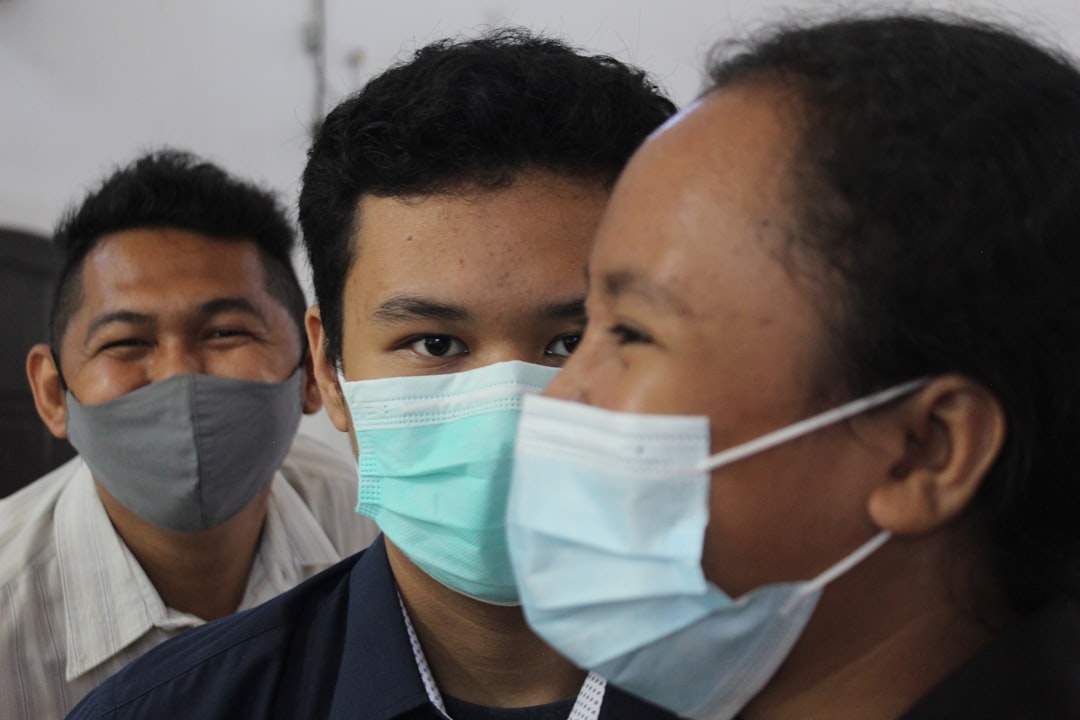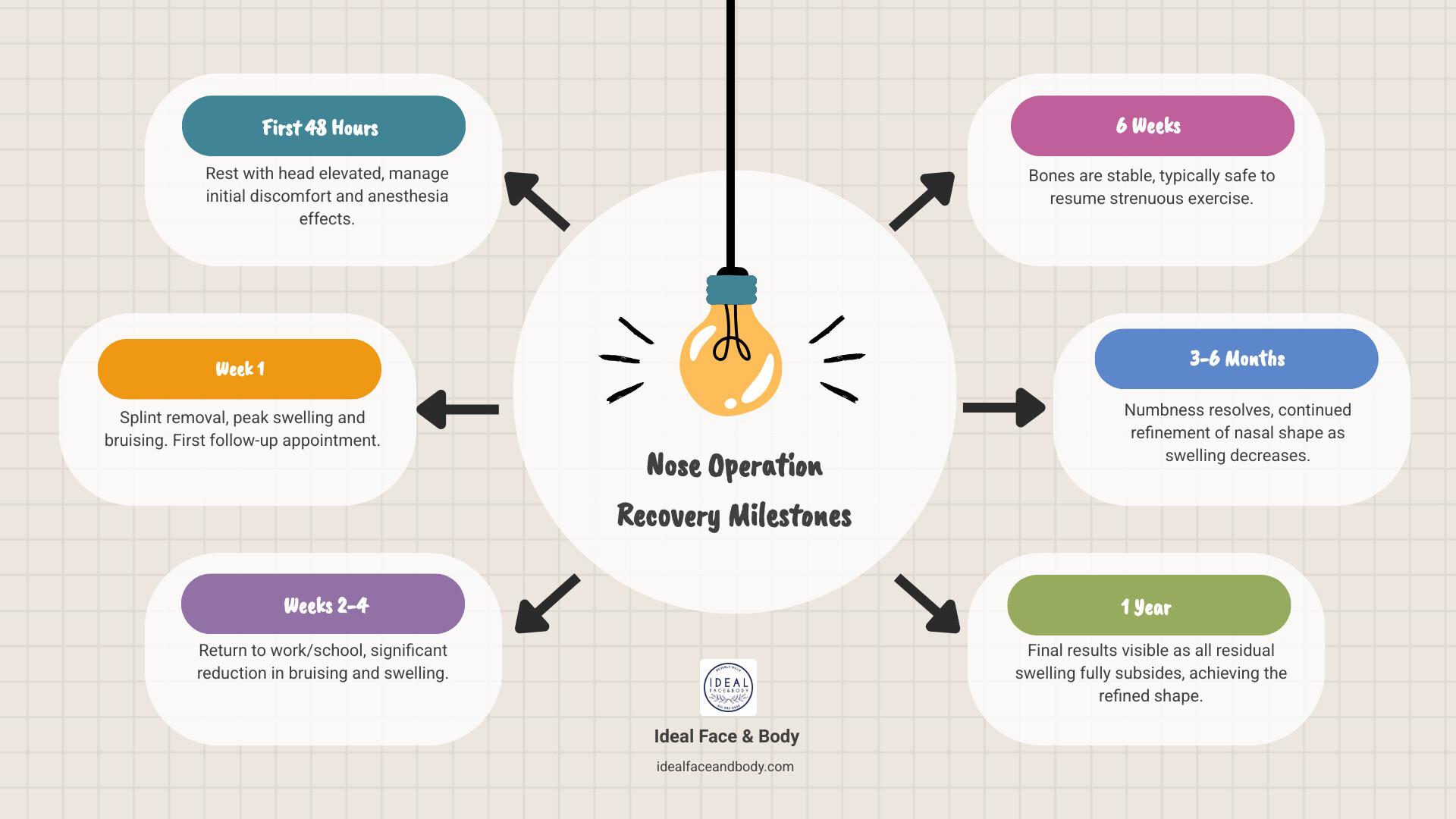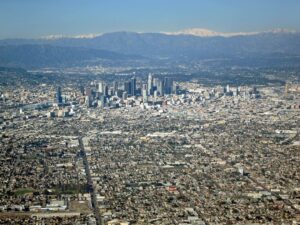Understanding Your Nose Operation Recovery Journey
Nose operation recovery is a gradual process that requires patience, proper care, and realistic expectations. With more than 350,000 people undergoing rhinoplasty every year, understanding what lies ahead can make your healing journey smoother and less stressful.
Key Recovery Milestones:
- First 48 hours: Rest with head liftd, manage initial discomfort
- Week 1: Splint removal, peak swelling and bruising
- Weeks 2-4: Return to work, significant improvement in appearance
- 6 weeks: Bones stable, can resume exercise
- 3-6 months: Numbness resolves, continued refinement
- 1 year: Final results visible as all swelling subsides
The recovery timeline varies for each person, but most people can return to work within one to two weeks. While initial healing happens quickly, the majority of swelling is gone within 3 weeks, but a small portion cycles over the following months. Final nasal contour refinement may take up to one year.
Your nose is a central feature of your face, and proper aftercare is essential for achieving the best possible results. The first few weeks are crucial – keeping your head liftd, using cold compresses, and avoiding activities that could impact your nose will significantly influence your healing process.
About 15% of people need a follow-up revision surgery to make small changes after the initial surgery, which makes following proper recovery protocols even more important for achieving your desired outcome the first time.
As Dr. Sarah Yovino, I’ve guided countless patients through their nose operation recovery using advanced pain management techniques perfected through years of aesthetic medicine training. My approach focuses on minimizing discomfort while ensuring optimal healing outcomes for natural-looking results.
Your Week-by-Week Nose Operation Recovery Timeline
Every nose operation recovery unfolds in predictable phases, each with its own milestones and surprises. Think of it as a journey where each week brings you closer to your final results. Let’s walk through what you can expect from day one to your beautiful outcome.
The First 24-48 Hours: The Initial Phase
Those first hours after surgery might feel a bit like waking up from a really good nap – you’ll likely feel groggy from the anesthesia, which is completely normal. Don’t worry, our team makes sure you’re comfortable and ready before sending you home to start your nose operation recovery.
You’ll notice a small plastic splint taped to your nose. This little protector is your best friend right now – it keeps swelling down and helps your nose maintain its new shape while healing begins. Many patients also have soft cotton packing inside their nose, which usually comes out within the first day or two. Trust us, you’ll be counting down the hours until that packing is removed!
Most people describe the discomfort as a dull ache rather than sharp pain. We’ll send you home with prescription pain medication to keep you comfortable. The soreness typically fades within a few days to a week.
Here’s the golden rule for these first 48 hours: keep your head liftd above your heart. Sleep propped up on two or three pillows, or even better, rest in a reclining chair. This simple trick dramatically reduces swelling and bleeding. You might need a drip pad under your nose to catch any light drainage – just change it when it gets saturated and remove it once the bleeding stops.
Think of these first two days as your mandatory rest retreat. Your body is working overtime to heal, so give it all the energy it needs by sleeping plenty and avoiding any lifting, bending, or strenuous activity.
Week 1: The Splint Comes Off
Welcome to week one of your nose operation recovery! This is when you might look in the mirror and think you went ten rounds with a boxer. The swelling and bruising around your eyes and nose will be at their peak – but don’t panic. This dramatic look is temporary and completely normal.
The big moment arrives around day seven – your first follow-up appointment and splint removal! This is like unwrapping a present. You’ll get your first real look at your new nose, though it’ll still be quite swollen. Many patients are surprised by how different they look, even with the swelling.
Breathing through your nose will feel challenging this week due to internal swelling. Resist the urge to blow your nose forcefully – this can disrupt healing. If you need to sneeze, do it with your mouth open to protect those delicate nasal passages.
Your activity restrictions are still in full effect. No vigorous exercise, heavy lifting, or contact sports. Light walks around the block are usually fine and can actually help with circulation, but listen to your body and don’t overdo it.
Weeks 2-4: Returning to a New Normal
This is where the magic really starts to happen in your nose operation recovery. The raccoon-eye bruising begins to fade, and the swelling noticeably decreases. You’ll start catching glimpses of your refined nasal contour emerging from behind the swelling.
Most patients feel ready to return to work or school within one to two weeks, depending on their job and comfort level. While the visible drama is settling down, internal healing is still happening at full speed.
Light activities can typically resume around four to six weeks, but we’re still protective of that healing nose. This means no glasses or sunglasses sitting directly on your nose bridge for at least four weeks – they can create indentations or shift those delicate, healing bones. If you absolutely must wear glasses, we can show you clever ways to tape them to your forehead or use special cheek supports.
This phase is all about gradually returning to your normal routine while still being your nose’s best protector. For more details about the overall procedure timeline, check out our guide on How Long Does Rhinoplasty Take?.
Month 1 to 1 Year: The Final Refinement
Here’s where patience becomes your superpower in nose operation recovery. While the most dramatic changes happen in those first few weeks, your nose continues its subtle refinement for months – sometimes up to a year or even longer for patients with thicker skin.
Around six weeks, your nasal bones are stable enough for you to return to resistance training and more vigorous exercise. This is a huge milestone, but still be mindful of activities that could result in accidental impact to your nose.
You might notice numbness in your nose tip, upper lip, or gums – this is completely normal as nerves take their time healing. This sensation typically resolves between three to six months, and yes, your normal feeling will return.
The key during this extended phase is embracing patience. About 90% of swelling disappears by three months, but that final 10% can linger for up to a year. This remaining swelling is often so subtle that only you and Dr. Sarah Yovino or Dr. Justin Yovino might notice it during follow-ups.
Your nose continues to settle and refine its shape during this time. Those final, beautiful results you’ve been dreaming of will gradually reveal themselves. Since your nose is such a central facial feature, even small changes need time to fully harmonize with your other features. Trust the process – and trust our team to guide you every step of the way.
Managing Side Effects and Promoting Healing
Let’s be honest – nose operation recovery comes with some temporary side effects that might make you feel like you’ve been through a bit of an adventure. But here’s the good news: understanding what to expect and having the right strategies makes all the difference in your comfort and healing journey.
Managing Common Side Effects During Your Nose Operation Recovery
Every patient experiences nose operation recovery differently, but there are some common experiences that unite us all. Think of these side effects as temporary visitors – they’ll stay for a while, but they will eventually leave!
Swelling is your nose’s natural response to surgery and will be your most faithful companion during the first few weeks. It peaks within the first few days, making your nose look larger than its final result will be. The key to managing swelling is keeping your head liftd – yes, even when you’re binge-watching your favorite shows!
Cold compresses are your best friend during this time. Apply ice or a cold pack to your cheeks or under your eyes for 10-20 minutes at a time, every hour or two for the first three days. Just remember – never apply ice directly to your nose itself. Think of it like giving your cheeks a gentle, cooling hug.
Bruising around your eyes and nose often makes patients feel like they’ve joined a secret society of raccoons. This colorful display typically appears purple initially, then transitions through brown and yellow before completely disappearing within about three weeks. Those same cold compresses that help with swelling will also minimize bruising.
Most patients are pleasantly surprised that pain and discomfort are typically much milder than expected. Rather than sharp pain, you’ll likely experience a dull ache or pressure sensation. The pain medications we prescribe are usually quite effective, especially when taken as directed and with food if they cause any stomach upset.
Nasal stuffiness can be one of the more frustrating aspects of recovery. Your nose will feel completely blocked, similar to having a severe cold. This happens because of internal swelling and any residual packing material. As the swelling decreases and we remove any packing, breathing gradually improves. Saline nasal sprays can be incredibly soothing and help clear any crusting.
Numbness at the tip of your nose, and sometimes your upper lip or gums, is completely normal. Your nerves are simply taking their time to heal and wake up again. This sensation typically resolves within a few weeks to months as your body completes its healing process.
Key Steps for a Smooth Nose Operation Recovery
Creating the ideal environment for healing doesn’t require anything complicated – just consistency with some important habits that support your body’s natural recovery process.
Head elevation remains your number one priority throughout the early weeks. Whether you’re sleeping, resting, or just relaxing, keep your head higher than your heart. Extra pillows or a comfortable recliner become essential furniture during this time.
Cold compresses work wonders for the first 48 to 72 hours. Apply them to your cheeks and under-eye area regularly, but remember to use a thin cloth barrier between the ice and your skin to prevent frostbite.
Rest and hydration form the foundation of good healing. Your body is working overtime to repair and rebuild, so give it the sleep and water it craves. Aim for 7-8 hours of sleep nightly and drink plenty of water throughout the day.
Follow-up appointments with Dr. Sarah Yovino or Dr. Justin Yovino aren’t just check-boxes on your recovery list – they’re essential milestones where we monitor your progress, remove splints or stitches, and address any concerns you might have.
Sun protection becomes crucial once you’re venturing outdoors again. Use SPF 30 sunscreen and wear a wide-brimmed hat for at least a month after surgery to protect your healing skin.
On the flip side, there are some activities that can seriously interfere with your nose operation recovery. Avoid blowing your nose for at least one week – if you need to sneeze, do it with your mouth open to release pressure safely.
Skip the glasses on your nose bridge for several weeks. They can create indentations and affect your final shape. If you absolutely need vision correction, tape glasses to your forehead or switch to contact lenses temporarily.
Strenuous activities need to wait their turn. Heavy lifting, vigorous exercise, and anything that could raise your blood pressure or risk impact to your nose should be avoided for several weeks. Your Netflix queue will thank you for the extra attention!
Smoking and vaping are absolute no-gos during recovery. Nicotine severely restricts blood flow, dramatically slowing healing and increasing complication risks. If you’re a smoker, this is a perfect opportunity to quit for good.
Certain medications like aspirin and ibuprofen can increase bleeding, so stick to the pain relievers we specifically recommend. When in doubt, always check with our team before taking anything new.
Diet, Lifestyle, and When to Call Your Surgeon
Your daily habits play a significant role in the speed and quality of your healing. Knowing the signs of a complication is equally important. We believe a holistic approach to your nose operation recovery yields the best results.
How Diet and Lifestyle Impact Healing
What you put into your body directly impacts its ability to heal. Think of your body as a construction site – it needs the right building blocks and fuel to repair itself efficiently after surgery.
- Importance of Hydration: Drinking plenty of water is fundamental. It helps flush toxins, maintain skin elasticity, and support overall cellular function, all vital for healing.
- Protein-Rich Foods for Tissue Repair: Protein is an absolute superstar for recovery. It’s an essential building block for skin, muscle, cartilage, and blood. A diet consisting of nuts, meat, eggs, yogurt, fish, and other protein-rich foods will help your body rebuild the damaged tissue in and around your nose. Think of it as supplying the workforce with the best materials!
- High-Fiber Foods for Constipation: Pain medications can sometimes lead to constipation. Incorporating high-fiber foods like fruits, vegetables, and whole grains, along with good hydration, can help keep things moving comfortably and prevent straining, which you should definitely avoid.
- Low-Sodium Diet to Reduce Swelling: Sodium can contribute to fluid retention, which means more swelling. Opting for a low-sodium diet can help expedite the reduction of swelling, especially in the delicate nasal tissues.
- Avoiding Alcohol: Alcohol can dehydrate you and thin your blood, both of which are counterproductive to healing. We recommend avoiding alcohol during your recovery period.
- Sun Protection: Your healing skin, especially on your nose, will be more sensitive to the sun. Minimize sun exposure, and when you are outside, diligently apply SPF 30 sunscreen and wear a wide-brimmed hat. This helps prevent sunburn, darkening of scars, and increased swelling.
Recognizing Complications and the Role of Follow-Ups
While complications after rhinoplasty are rare, it’s crucial to be aware of the signs that warrant immediate attention. Our team at Ideal Face & Body is dedicated to your safety and well-being throughout your nose operation recovery.
Signs of potential complications to watch for:
- Signs of infection: This could include increased pain, swelling, warmth, or redness around the surgical site, red streaks spreading from the incision, yellow discharge (pus), or a fever (over 100.4°F or 38°C).
- Excessive bleeding: Some slight oozing is normal, but constant, heavy red bleeding that saturates bandages quickly is not.
- Severe, uncontrolled pain: While discomfort is expected, severe pain that isn’t relieved by prescribed medication should be reported.
- Difficulty breathing: If you experience severe trouble breathing, especially if it’s sudden or worsening, seek immediate medical attention.
- Changes in vision or sudden swelling around the eyes: These are rare but serious symptoms that require prompt evaluation.
- Constant clear watery discharge from the nose: This could indicate a cerebrospinal fluid leak, which is extremely rare but serious.
The Importance of Scheduled Follow-Up Appointments:
Follow-up appointments are a cornerstone of a successful nose operation recovery. These visits allow us, Dr. Sarah Yovino and Dr. Justin Yovino, to:
- Monitor your healing progress.
- Remove any remaining splints, packing, or stitches.
- Assess the reduction of swelling and bruising.
- Evaluate the early results of your surgery.
- Address any questions or concerns you have about your recovery.
- Provide further guidance on activity restrictions and care.
Think of these appointments as check-ins on your healing journey. They are vital for ensuring everything is progressing as it should and for making any minor adjustments or recommendations.
When to Call Your Surgeon Immediately:
If you experience any of the severe symptoms listed above (severe difficulty breathing, excessive bleeding, signs of infection, sudden vision changes, or uncontrolled pain), please contact us immediately. For life-threatening emergencies, do not hesitate to call 911. Your health and safety are our top priority.
Frequently Asked Questions about Nose Operation Recovery
During your nose operation recovery journey, it’s completely natural to have questions pop up. We’ve been helping patients through this process for years at Ideal Face & Body, and these are some of the most common concerns we hear.
How is rhinoplasty different from a non-surgical nose job?
This is such an important question, and understanding the difference can help you make the best choice for your goals. Surgical rhinoplasty – what we often call a “nose job” – is a permanent solution that actually restructures the bone and cartilage inside your nose. It’s like renovating the foundation of a house – we can make significant changes to address major aesthetic concerns, correct breathing issues, or fix structural problems.
This type of surgery requires anesthesia and involves the comprehensive nose operation recovery timeline we’ve been discussing. The results are permanent and can dramatically transform both the appearance and function of your nose.
On the flip side, a non-surgical approach uses dermal fillers to create subtle, temporary improvements. Our Liquid Rhinoplasty technique uses hyaluronic acid fillers to smooth out small bumps, add volume where needed, or refine the tip for better balance. Think of it as adding a fresh coat of paint rather than renovating – it’s quick, done right in our Beverly Hills office, and you can return to your regular activities almost immediately.
The trade-off? These results typically last six to twelve months as your body naturally breaks down the filler. Many of our patients actually love this temporary approach because it lets them “test drive” a new nose shape before deciding on permanent surgery.
Will I be able to breathe through my nose after surgery?
Let’s be honest – those first few days and weeks will feel like you have the world’s worst head cold. Breathing through your nose will be challenging initially, and we want you to know this is completely expected during your nose operation recovery.
The difficulty comes from internal swelling and any packing we might use to support your healing tissues. It can feel frustrating, especially when you’re trying to sleep, but this is temporary.
Here’s the good news: improvement happens faster than you might think. Once we remove any packing (usually within the first day or two) and that initial swelling starts calming down, you’ll notice your nasal passages opening up week by week. Most patients find their breathing feels much more normal within the first month.
If you’re having functional rhinoplasty specifically to improve breathing problems, you might be pleasantly surprised. Many patients tell us they can breathe better than they have in years once everything heals – sometimes even better than before their original breathing issues developed.
How long until I see the final results of my nose operation?
Ah, the million-dollar question! This is where we need to talk about the art of patience, which honestly can be the hardest part of your entire nose operation recovery.
You’ll see dramatic changes within the first month – enough that friends and family will definitely notice your beautiful new profile. But here’s where it gets interesting: your nose is still working behind the scenes, settling and refining itself for months to come.
Think of those first few weeks as seeing the “preview” of your new nose. The swelling gradually melts away over the following months, revealing more and more of the final masterpiece. About 90% of the swelling disappears within three months, but that last 10% can linger for up to a year, sometimes even longer if you have thicker skin.
The nasal tip tends to be the slowest area to show its final shape. Dr. Sarah Yovino and Dr. Justin Yovino always remind patients that the most refined, polished results typically appear around the one-year mark. It might seem like a long time, but trust us – the wait is absolutely worth it when you see how beautifully everything comes together.
We know it takes patience, but your nose is healing and settling into its new shape gradually. Each month brings you closer to those final, gorgeous results you’ve been dreaming about.
Begin Your Change Journey in Beverly Hills
Your nose operation recovery journey is more than just healing – it’s about changing into the confident version of yourself you’ve always envisioned. Understanding what lies ahead empowers you to make informed decisions and sets realistic expectations for the months to come.
The recovery process we’ve outlined isn’t just a medical timeline; it’s your roadmap to beautiful, natural-looking results. While patience might feel challenging at times, especially when you’re eager to see your final outcome, following proper aftercare guidance truly makes the difference between a good result and an exceptional one.
At Ideal Face & Body in Beverly Hills, we’ve walked alongside thousands of patients through their nose operation recovery. Dr. Sarah Yovino and Dr. Justin Yovino understand that this journey involves both physical healing and emotional adjustment. That’s why our team is dedicated to supporting you through every stage – from your very first consultation where we discuss your goals, through the surgery itself, and all the way to your final follow-up appointment when we celebrate your beautiful results together.
We believe in providing the highest standard of care, which means being available when you have questions, offering clear guidance when you’re unsure about an activity, and celebrating each milestone with you. Whether you’re wondering if that swelling is normal at week three, or you’re excited to show us how great you’re feeling at your six-month check-in, we’re here for it all.
Your nose is central to your facial harmony, and even small changes can have a profound impact on your overall appearance and confidence. The many benefits of nose reshaping extend far beyond the physical – many of our patients tell us they feel more confident in photos, more comfortable in social situations, and simply happier when they look in the mirror.
Taking the next step requires courage, but you don’t have to take it alone. Our Beverly Hills team combines advanced surgical techniques with compassionate care, ensuring your nose operation recovery is as smooth and comfortable as possible. When you’re ready to begin your change, we’re here to guide you every step of the way.










